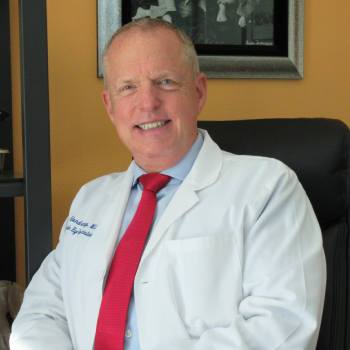We at Riverside Eye Specialists are in the business of working to maintain and even improve the vision of all our patients with Diabetes. Though we now have the best tools ever to control Diabetes and treat those with vision-threatening Diabetic Retinopathy, Diabetic Retinopathy continues to be the leading cause of NEW blindness in our country.
Fortunately, science has discovered new vision-saving anti-VEGF medications which reverse these trends. Between these Anti-VEGF intra-ocular injections and laser, we can now prevent vision loss in Diabetics with Diabetic Retinopathy (DR) (along with a host of other eye diseases such as Wet AMD).
So, part of our pitch is to encourage all diabetics to get annual eye checkups as we want to catch DR BEFORE vision loss has started. The other part regards best practices in the treatment of Diabetes.
If you want to talk about these issues, please make an appointment and we’ll talk! 951-686-4911.
What is the main problem with Diabetes? Those without Diabetes have a blood glucose “thermostat” that tightly regulates their blood sugar. No matter what they eat, their blood glucose is titrated to stay in the 90-100 mg/dl range. Just like a regular thermostat that kicks in heat when the temperature drops below 70 degrees or cold when it rises above, the normal glucose regulation adds insulin after a hearty meal to prevent blood sugar elevation and adds glucagon to stimulate glucose release to prevent a blood sugar drop. Though this is an oversimplification as the body’s blood sugar regulation is much more complex, you get the point. Our tiny capillaries, which deliver all the nutrients and oxygen to cells and remove waste and carbon dioxide to all the cells of our body, are lined by cells called Pericytes. The outer walls of these Pericytes are semi-permeable membranes, which allow passage of some molecules but not others. When glucose levels are always the same, there’s little water movement in and out of the cell (remember osmosis?).
The long-term problem for Diabetics isn’t so much the high concentrations of glucose in the blood, rather it’s the roller-coastering of the levels. When glucose levels rise, water from the Pericytes moves out of the cell into the capillary lumen in an attempt to normalize the gradient inside and outside the cell; thus the cell shrivels a little. When the blood sugar drops, water goes back in causing the cell to swell. Our cells are fairly resilient, this constant alternating swelling/shriveling over a period of years, over a decade or more, it can take its toll on the cell and cells start dying. When enough of these cells lining the capillary fail, the capillary becomes incompetent, unable to perform its job. Certain organs are more vulnerable to capillary failure; namely the kidneys, extremities, and the retina in the back of the eyes. Incompetent capillaries will leak products into the retina, which we see as the first signs of Diabetic Retinopathy. If this leakage is in the center of the retina, the macula which is the specialized part of the retina for our central functioning vision, it can cause blurred vision. If not treated, vision loss can become permanent. As capillary dropout progresses, the retina will begin starving for oxygen and nutrients, and respond by emitting a factor to stimulate new blood vessel growth called Vascular endothelial Growth Factor or VEGF. Unfortunately, these new blood vessels are like unwanted weeds that cause vision-threatening problems including glaucoma, retinal detachment and blindness.
Big pharma loves it when we don’t talk to our Diabetic patients about healthy lifestyle choices; they’d rather you NOT change so they can make their billions on new biological medications. We’re not bad-mouthing these amazing new drugs; they’ve literally saved many lives. But there’s no substitute for healthy living. A diet low on fast/junk food with saturated fats, one that incorporates whole unprocessed foods. You’re much better off eating a mountain of whole foods that contain a mole hill of calories than a diet consisting of a mole hill of food with a mountain of calories! We recommend ALL Diabetics see a nutritionist regularly to review and recommend diets. They can recommend tasty foods that are healthy; it’s important to include dishes that are tasty in addition to being healthy as you’re more likely to eat these than unhealthy foods. And regular exercise! You don’t have to spend 3 hours at the gym each day. Get a Fitbit, or use your Apple watch/iPhone and make it a point to walk 10,000 steps per day. We have an excellent local trainer who’s agreed to a free consult on Diet and Exercise for all our Diabetic patients named Mike Elliot. His number is 951-662-9272.
Remember, it’s a journey, it’s PROGRESS and not perfection. As long as you’re headed in the right direction, you’ll start seeing the benefits. Setbacks are normal; don’t get discouraged.



